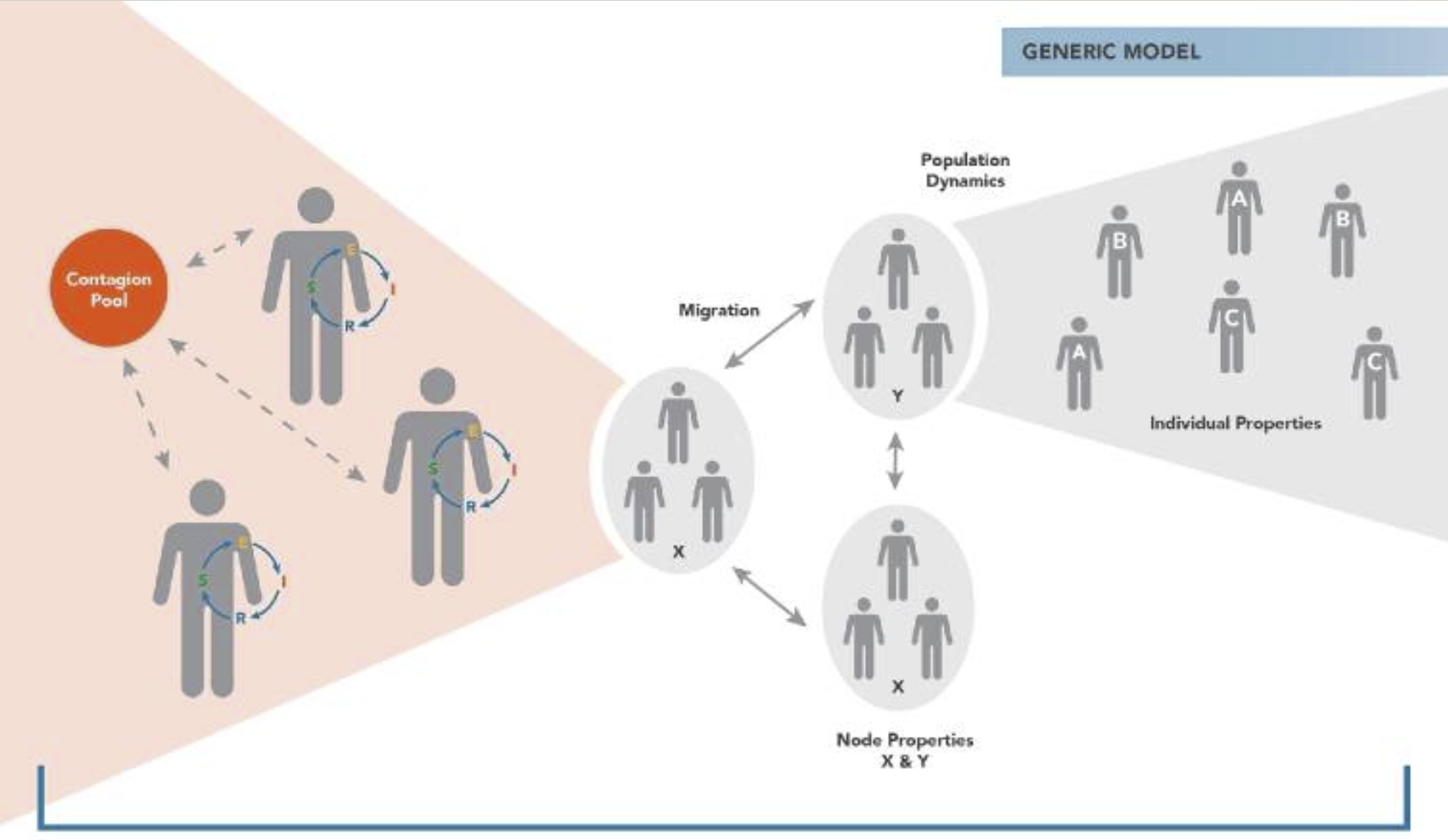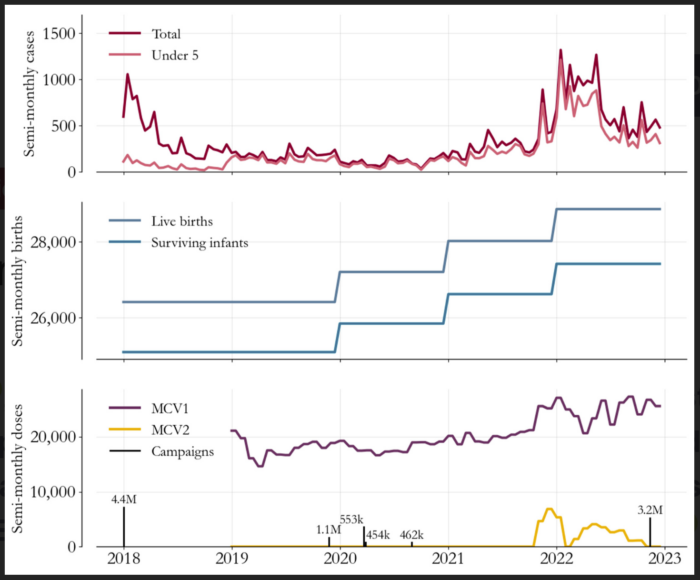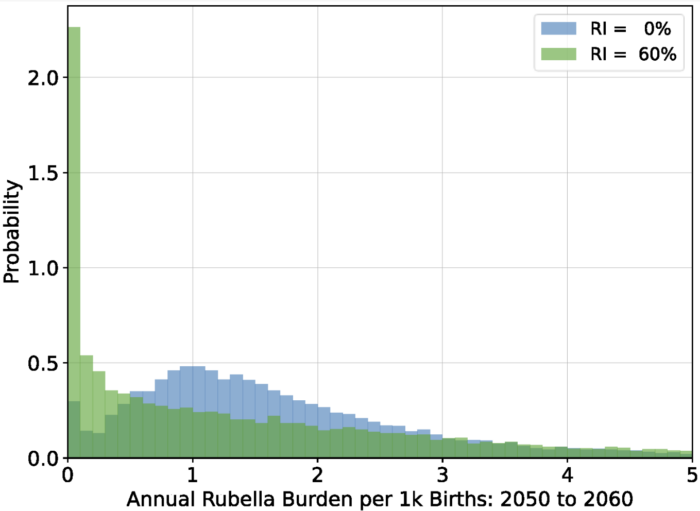EMOD-Generic is a stochastic, agent-based, spatial model designed to inform policy decisions as well as investigate new intervention strategies. The within-host and transmission models allow the user to see how different interventions impact transmission of a low complexity disease. As a spatial model, EMOD allows the definition of demographics, relationship dynamics, and intervention distributions in different regions as well as disease transmission between these regions. EMOD-Generic is used by researchers around the world and available as open-source software.


Features
Features of EMOD-Generic include:
- Stochastic, agent-based, spatial model: EMOD-Generic uses a stochastic and agent-based approach to model spatial interactions, making it useful for understanding low complexity disease transmission.
- Within-host and transmission models: This model enable the user to simulate how different interventions affect low complexity disease transmission at both individual (within-host) and population (transmission) levels.
- Flexible spatial configurations: The model allows users to define demographics, relationship dynamics, and intervention strategies across different geographic regions. It also accounts for migration patterns between these regions.
- Install and use: It is now easier to install and use with emodpy, idmtools, and Vis-Tools.
- Open-source software: EMOD-Generic is available as open-source software, making it accessible to researchers worldwide for modification and use in various settings.
Our approach
Our approach is to actively collaborate with EMOD users to help build and support a community that shares knowledge, contributes to EMOD, and helps one another.
The following tools help with the workflow for EMOD-Generic:
- idmtools: idmtools is a collection of Python scripts and utilities created to streamline user interactions with disease models, from the creation of input files (if required), to commissioning and running simulations, through the analysis of results.
- emod-api: emod-api is the interface for Epidemiological MODeling software (EMOD) that users of idmtools interact with to create and modify EMOD simulations.
- emodpy: emodpy is a collection of Python scripts and utilities created to streamline user interactions with EMOD and idmtools.
- emodpy-generic: emodpy-generic is a Python library with scripts and tooling to streamline user interactions with idmtools and the EMOD-Generic model.
- Vis-Tools: Vis-Tools is a collection of software tools that aids in the visualization of geospatial simulation data from EMOD.

